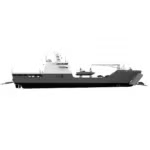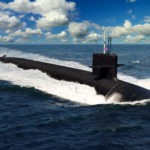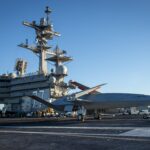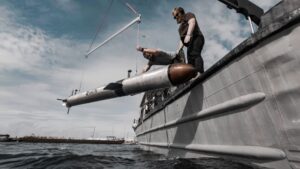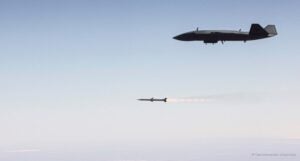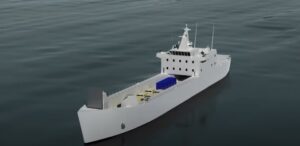
The Congressional Budget Office (CBO) estimates the Navy and Marine Corps’ new Landing Ship Medium (LSM) will cost about $340 to $430 million per ship, well over two times the Navy’s estimate at $150 million per hull. In a report released April 11, CBO says this range is dependent on the full load displacement of the final ship, since the current offereos have a range of options, particularly cargo space beyond the minimum requirement of 8,000 square feet. CBO estimates…

 By
By 